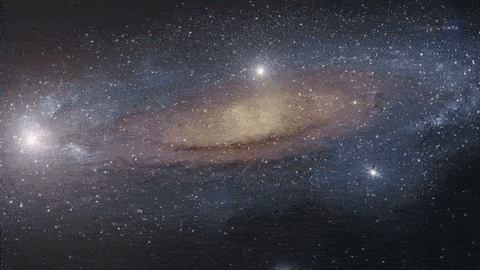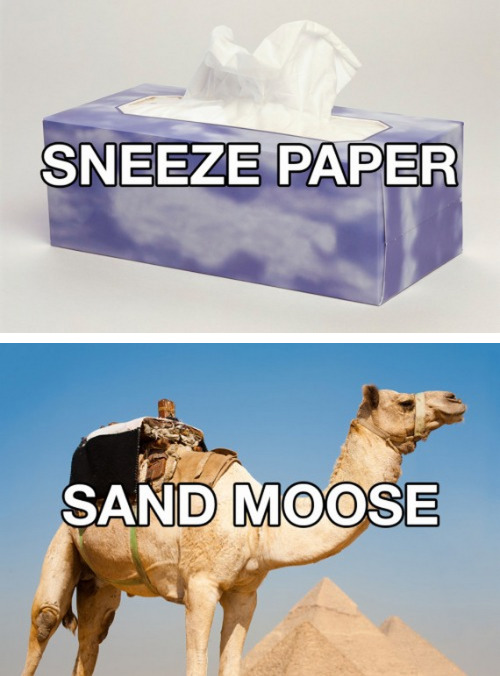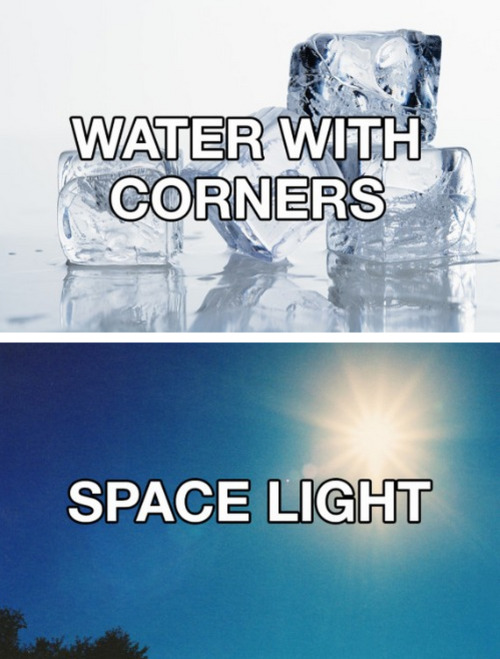This Has Been A Psa





this has been a psa
More Posts from Youaurendenial and Others
10 “Out of This World" Facts About the James Webb Space Telescope
Wouldn’t it be neat to see a period of the universe’s history that we’ve never seen before? That’s exactly what the James Webb Space Telescope (JWST) will be able to do…plus more!

Specifically, Webb will see the first objects that formed as the universe cooled down after the Big Bang. We don’t know exactly when the universe made the first stars and galaxies – or how for that matter. That is what we are building Webb to help answer.
Here are 10 awesome facts about this next generation space telescope:
1. The James Webb Space Telescope is the world’s largest and next premier space observatory. It will extend the discoveries of the Hubble Space telescope and observe the birthplaces of stars, galaxies, planets and life over billions of years.

2. It is named after James Webb, NASA’s second administrator and champion of our science.

3. At 3 stories high and the size of a tennis court, it will be 100 times more powerful than Hubble!

4. It is so big that it has to fold origami-style to fit in the rocket, which is only 5.4 meters wide…And then it will unfurl, segment by segment, once in space.

5. The telescope will observe infrared light with unprecedented sensitivity. It will see the first galaxies born after the Big Bang over 13.5 billion years ago.

6. Webb’s infrared cameras are so sensitive they must be shielded from light from the sun, Earth, and moon. The 5-layer sunshield is like having sunblock of SPF 1 million.

7. Webb will orbit the sun 1 million miles from Earth, where the telescope will operate at temperatures below -390 F (-235 C).

8. Webb’s mirrors are coated with a super thin layer of gold only about 1000 atoms thick to optimize their reflectivity in the infrared.

9. Webb will launch from French Guiana in 2018. It is launched near the equator because the faster spin of Earth there gives the rocket an extra push.

10. Webb is an international mission, with contributions from the European Space Agency and Canadian Space Agency. Once operational, scientists from all over the world will be able to use Webb to explore our solar system, planets outside our solar system, stars and galaxies.

Make sure to follow us on Tumblr for your regular dose of space: http://nasa.tumblr.com

#Amelia
[clenches fist] i just really love space

A lot of people ask me what my biggest fear is, or what scares me most. And I know they expect an answer like heights, or closed spaces, or people dressed like animals, but how do I tell them that when I was 17 I took a class called Relationships For Life and I learned that most people fall out of love for the same reasons they fell in it. That their lover’s once endearing stubbornness has now become refusal to compromise and their one track mind is now immaturity and their bad habits that you once adored is now money down the drain. Their spontaneity becomes reckless and irresponsible and their feet up on your dash is no longer sexy, just another distraction in your busy life. Nothing saddens and scares me like the thought that I can become ugly to someone who once thought all the stars were in my eyes.

Smell That







equippable health item

Celebrating 10 Years of Revolutionary Solar Views
Twin spacecraft give humanity unprecedented views of the entire sun at one time, traveling to the far side of our home star over the course of a 10-year mission.

These two spacecraft are called STEREO, short for Solar and Terrestrial Relations Observatory. Launched on Oct. 25, 2006, and originally slated for a two-year mission, both spacecraft sent back data for nearly eight years, and STEREO-A still sends information and images from its point of view on the far side of the sun.

STEREO watches the sun from two completely new perspectives. It also provides information invaluable for understanding the sun and its impact on Earth, other worlds, and space itself – collectively known as space weather. On Earth, space weather can trigger things like the aurora and, in extreme cases, put a strain on power systems or damage high-flying satellites.
Because the rest of our sun-watching satellites orbit near our home planet, STEREO’s twin perspectives far from Earth give us a unique opportunity to look at solar events from all sides and understand them in three dimensions.

We use data from STEREO and other missions to understand the space environment throughout the solar system. This helps operators for missions in deep space prepare for the sudden bursts of particles and magnetic field that could pose a danger to their spacecraft.

STEREO has also helped us understand other objects in our solar system – like comets. Watching how a comet’s tail moves gives us clues about the constant stream of particles that flows out from the sun, called the solar wind.

STEREO is an essential piece of our heliophysics fleet, which includes 17 other missions. Together, these spacecraft shed new light on the sun and its interaction with space, Earth, and other worlds throughout the solar system.
To celebrate, we’re hosting a Facebook Live event on Wednesday, Oct. 26. Join us at noon ET on the NASA Sun Science Facebook page to learn more about STEREO and ask questions.
Learn more about how NASA studies the sun at: www.nasa.gov/stereo
Follow us on Tumblr for your regular dose of space: http://nasa.tumblr.com
-
 skybells507 liked this · 5 years ago
skybells507 liked this · 5 years ago -
 wild-forest-baby liked this · 6 years ago
wild-forest-baby liked this · 6 years ago -
 imsirlaserowl reblogged this · 6 years ago
imsirlaserowl reblogged this · 6 years ago -
 nightthorn liked this · 6 years ago
nightthorn liked this · 6 years ago -
 adepressedgaydragon liked this · 6 years ago
adepressedgaydragon liked this · 6 years ago -
 katherincita18-blog liked this · 6 years ago
katherincita18-blog liked this · 6 years ago -
 stevie-rave-on liked this · 6 years ago
stevie-rave-on liked this · 6 years ago -
 echoe-evangelina liked this · 7 years ago
echoe-evangelina liked this · 7 years ago -
 aksannyi reblogged this · 7 years ago
aksannyi reblogged this · 7 years ago -
 the-tired-tenor liked this · 7 years ago
the-tired-tenor liked this · 7 years ago -
 rinny-the-pooh reblogged this · 7 years ago
rinny-the-pooh reblogged this · 7 years ago -
 by3by3now reblogged this · 7 years ago
by3by3now reblogged this · 7 years ago -
 badolmen liked this · 7 years ago
badolmen liked this · 7 years ago -
 pinkwhitedogcat liked this · 7 years ago
pinkwhitedogcat liked this · 7 years ago -
 perfect-sunflower liked this · 7 years ago
perfect-sunflower liked this · 7 years ago -
 zenithharper reblogged this · 7 years ago
zenithharper reblogged this · 7 years ago -
 zenithharper liked this · 7 years ago
zenithharper liked this · 7 years ago -
 moonchild-marley reblogged this · 7 years ago
moonchild-marley reblogged this · 7 years ago -
 blackcat2016 liked this · 7 years ago
blackcat2016 liked this · 7 years ago -
 sardonic-soprano reblogged this · 7 years ago
sardonic-soprano reblogged this · 7 years ago -
 sardonic-soprano liked this · 7 years ago
sardonic-soprano liked this · 7 years ago -
 last-rainy-day liked this · 7 years ago
last-rainy-day liked this · 7 years ago -
 dacrocidile liked this · 7 years ago
dacrocidile liked this · 7 years ago -
 jaseonn liked this · 7 years ago
jaseonn liked this · 7 years ago -
 damusikfreak reblogged this · 7 years ago
damusikfreak reblogged this · 7 years ago -
 iridescent-lightning liked this · 7 years ago
iridescent-lightning liked this · 7 years ago -
 strayanpoof reblogged this · 7 years ago
strayanpoof reblogged this · 7 years ago -
 strayanpoof liked this · 7 years ago
strayanpoof liked this · 7 years ago -
 lavietudier liked this · 7 years ago
lavietudier liked this · 7 years ago -
 hexaviolet reblogged this · 7 years ago
hexaviolet reblogged this · 7 years ago -
 persephonedevoted reblogged this · 7 years ago
persephonedevoted reblogged this · 7 years ago -
 persephonedevoted liked this · 7 years ago
persephonedevoted liked this · 7 years ago -
 pinkeebwui reblogged this · 7 years ago
pinkeebwui reblogged this · 7 years ago -
 pinkeebwui liked this · 7 years ago
pinkeebwui liked this · 7 years ago -
 suckitfacebook reblogged this · 7 years ago
suckitfacebook reblogged this · 7 years ago -
 glammersplays liked this · 7 years ago
glammersplays liked this · 7 years ago -
 avesavis liked this · 7 years ago
avesavis liked this · 7 years ago -
 ruzany liked this · 7 years ago
ruzany liked this · 7 years ago -
 volatle liked this · 7 years ago
volatle liked this · 7 years ago -
 localjewlw reblogged this · 7 years ago
localjewlw reblogged this · 7 years ago -
 localjewlw liked this · 7 years ago
localjewlw liked this · 7 years ago
